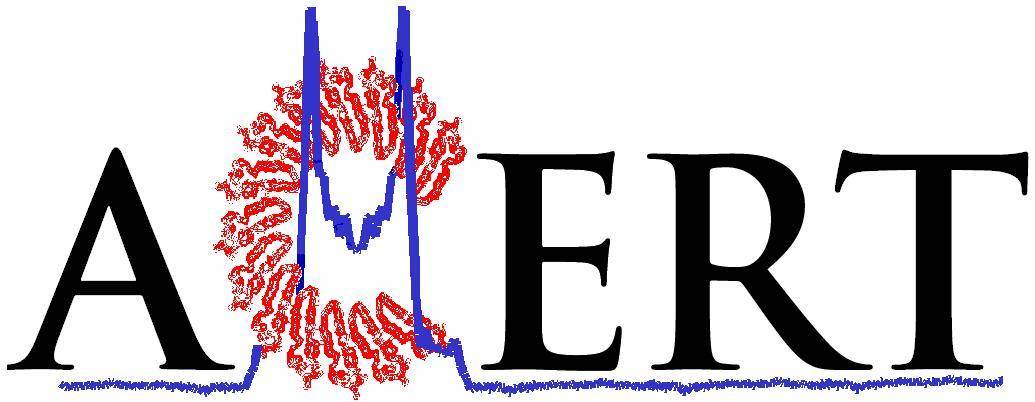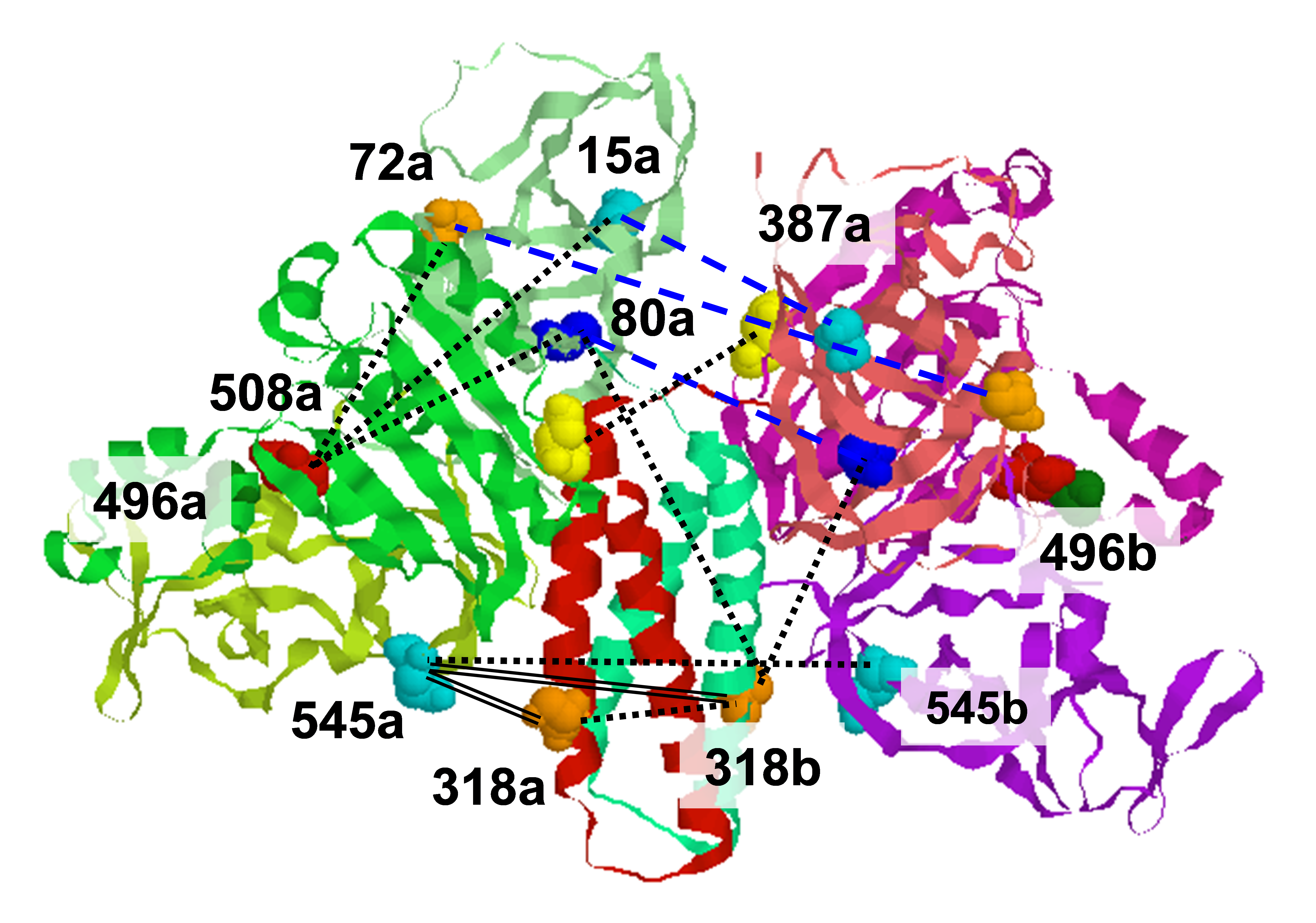.svg) National Institute of General Medical Sciences |
 |
 |
National Biomedical Resource for |
| ACERT's Service and Collaborative Projects | |
ESR spectroscopy at 95 GHz (3.4T) permits sensitive detection of electron spins on molecules and allows one to probe much shorter timescales of motion than lower-field ESR spectroscopy. However, to measure biological samples with low spin concentration and transverse relaxation (T2) values (which can approach ~4ns), we must address key instrumental issues: 1) reduction of spectrometer deadtime to 10ns or less; 2) increased microwave magnetic field strength (B1). For tumbling molecules in liquids, as the ESR frequency increases, the T2 minimum shifts to smaller values that require shorter instrument deadtime. We have observed that significant improvement in polarization isolation of the signal, and consequent dead time reduction, may be achieved by eliminating sources of axial asymmetry present in the corrugated waveguide and transition sections of the quasi-optical bridge (Fig. A), and by minimizing the thickness of the inductive mesh that comprises the Fabry-Pérot resonator semitransparent mirror. Initial studies indicate that we have achieved a reduction of system deadtime to 14 ns (Fig. B) from the best prior attainable figure of ca. 20 ns, and further improvement to 10 ns is anticipated. Increased B1 allows us to perform experiments on samples with broad spectra by improving the spectral coverage. The resulting shorter excitation pulses also allow detection of faster relaxing samples with higher SNR. By dielectrically loading our resonators, we can condense the microwave fields in the vicinity of the sample, leading to higher microwave fields at the sample itself. We have used the full 3D simulator software HFSS to design resonators with sapphire dielectric loading (Fig. C). Subsequent experiments demonstrate an unprecedented increase of B1 to 28G, a 55% increase over the best previously attainable value. Relevant Publication: J.M. Franck, S. Chandrasekaran, B. Dzikovski, C.R. Dunnam, and J.H. Freed, J. Chem. Phys., 142, 212302 (2015); PMC4443839. |
|
|
|
|
Curt R. Dunnam, John M. Franck, Boris Dzikovski, Siddarth Chandrasekaran, and Jack H. Freed (ACERT) Keith A. Earle (Department of Physics, State University of New York, Albany) Sameh El Naggar, and Sabah M Mattar (Department of Chemistry, University of New Brunswick) |
|
|
|
About ACERT Contact Us |
Research |
Outreach |
ACERT is supported by grant 1R24GM146107 from the National Institute of General Medical Sciences (NIGMS), part of the National Institutes of Health. |
|||||
| ||||||||